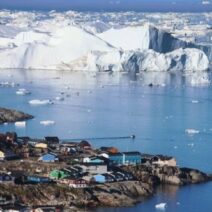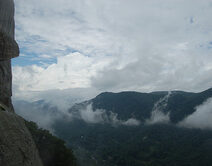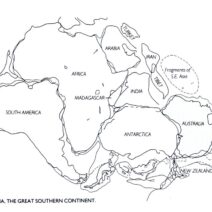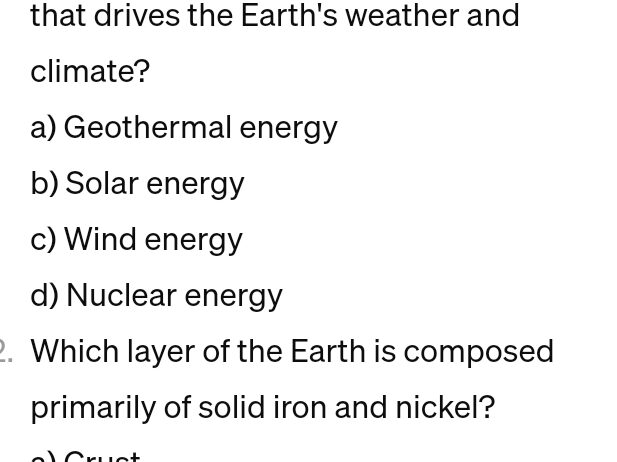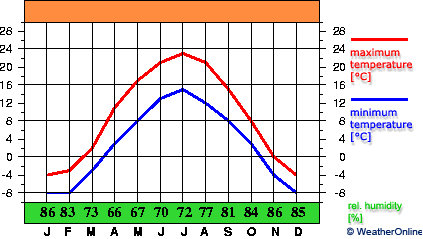What is the main energy source that drives our planet’s climate? This question opens a Pandora’s box of inquiry. Most people might spontaneously respond with thoughts of the sun, an ever-present luminary in our sky. But the implications of that answer are profound. In examining the sun as Earth’s principal energy source, we unravel not only the intricacies of our planetary systems but also the ongoing challenges that arise from the interplay between natural phenomena and anthropogenic influences.
The solar radiation that bathes our planet is not merely a source of light; it is a transformative force. Approximately 30% of the incoming solar energy is reflected back into space, a phenomenon critical for moderating our climate. The remaining 70% is absorbed by the Earth’s atmosphere, land, and oceans, igniting a complex web of interactions—weather systems, ocean currents, photosynthesis, and more. Understanding this energy absorption is key to comprehending the climate’s dynamic nature.
What happens when this natural equilibrium is disrupted? This prompts us to question the resilience of Earth’s climate systems when faced with the significant increases of greenhouse gases due to human activities. Activities like the burning of fossil fuels, deforestation, and industrial processes have significantly intensified the concentration of carbon dioxide and other greenhouse gases in our atmosphere. Thus, the equilibrium that existed for millennia is challenged, leading to alterations in temperature, precipitation patterns, and extreme weather events. Climate change is not a mere theory; it is an empirical observation backed by extensive research and scientific consensus.
As we delve deeper, we learn that the sun does not act alone in this energy balance. Complex systems within Earth, such as clouds and the oceans, play pivotal roles in regulating that energy. For instance, the oceans, which cover 71% of Earth’s surface, act as immense heat sinks, absorbing and storing a significant portion of the solar energy. Ocean currents, driven by wind patterns and the Earth’s rotation, redistribute this heat, influencing regional climates and weather systems. Consider the Gulf Stream, which carries warm water from the tropics to the North Atlantic, significantly affecting the climates of Europe and North America.
Water vapor, the most abundant greenhouse gas, also complicates the narrative. It is important to note that while water vapor itself is a feedback mechanism of climate change, its concentration depends on temperature. As the Earth warms due to heightened greenhouse gas levels, evaporation intensifies, contributing further to the warming cycle—a classic example of a positive feedback loop. Thus, we see how interconnected systems can exacerbate or mitigate the effects of climate change.
So, if the sun is the ultimate energy source, how does it translate into our everyday lives? The connection between solar energy and climate is evident when examining ecosystems: photosynthesis relies on sunlight to support plant life, which, in turn, provides the foundational energy for virtually all food webs. The intricate dance of energy through ecosystems creates a delicate balance. Any disruption caused by climate change threatens these interactions, leading to biodiversity loss and ecosystem degradation.
Moreover, as human-induced changes continue to escalate, we grapple with challenges surrounding food security, water supply, and economic stability. Agricultural patterns are shifting; the viability of crops is diminishing in regions once considered fertile due to changing precipitation patterns and increased temperatures. Water scarcity and flooding now pose existential threats to millions, underscoring the urgent need for adaptation and resilient agricultural practices.
The conversation surrounding energy sources extends to renewable energy, which has become a beacon of hope amidst climate despair. Solar panels, wind turbines, geothermal energy, and hydroelectric systems offer sustainable alternatives to fossil fuels, radically altering the energy landscape. Yet the transition to renewables also introduces challenges: how do we ensure equitable access to these technologies? Are we prepared to bolster infrastructure to cope with the demands placed on it by the shift in energy paradigms?
Furthermore, international cooperation is paramount. Climate knows no borders, and while we can focus on individual actions—recycling, conservation, reducing waste—the larger systemic changes are often determined by global agreements and collective actions. Emission reductions required to stabilize climate systems necessitate unprecedented levels of collaboration between countries, industries, and communities.
What can individuals do in the face of such colossal challenges? The adage “think globally, act locally” rings true now more than ever. By advocating for sustainable practices in our communities, supporting policies dedicated to climate action, and fostering awareness about the science of climate change, we become part of the solution. Whether through grassroots movements or leveraging technology to increase energy efficiency, each action contributes to the larger goal of harmonizing human activity with the planet’s natural systems.
As we contemplate the dominant energy source that drives Earth’s climate, we must appreciate the sun’s role while remaining vigilant about human impacts. The interplay of various environmental systems, the cry for renewable energy, and the ongoing challenges to mitigate climate change encapsulate a pivotal juncture in human history. The story is still being written, and its authors are all of us—individuals and societies navigating a future dependent on energy stewardship and ecological consciousness.
In conclusion, it remains essential to engage in continuous learning and activism surrounding our climate systems. The complexity of interactions fueled by solar energy illuminates both the beauty and fragility of our planet. Let us respond to this collective challenge with diligence and creativity, united by a commitment to safeguarding our world for generations to come.
